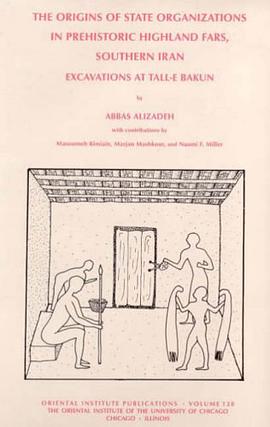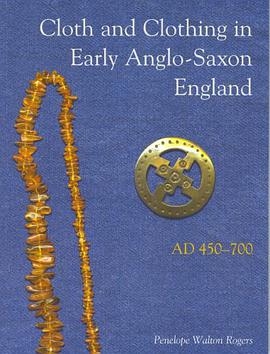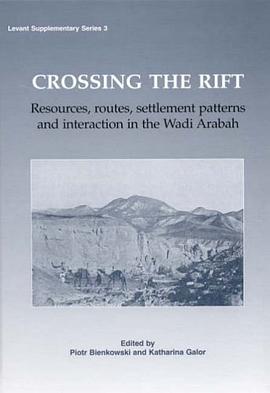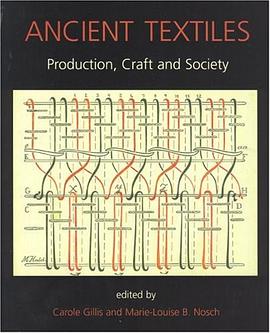

The late prehistoric Bakun A culture in Fars is a major source of information on the initial development of the evolutionary path which vertical mobile pastoralists of highland Iran may have taken to develop state organisations. Long before the appearance of administrative technology and physical segregation of administration, production, storage, and residential units in urban centers of the second half of the fourth millennium BC, Tall-e Bakun A, near Persepolis in the Marv Dasht region of Fars, stands as one of the precursors to the complex societies of the fourth millennium BC early urban centres. The present publication presents the final report of the last season's excavations at Tall-e Bakun A. The archaeological materials from this season are combined with the results of other pertinent data from surveys and excavations in the Near East to provide a foundation upon which pre-state social evolution in late prehistoric highland Fars has been reconstructed and interpreted. Based on the analysis of the available archaeological data as well as historical and ethnographic sources, Alizadeh argues that the specialised manufacture and administrative aspects at Tall-e Bakun A indicate the existence of differential status at the site, where a few families or ranking individuals controlled the manufacture and flow of goods.
具体描述
读后感
评分
评分
评分
评分
用户评价
相关图书
本站所有内容均为互联网搜索引擎提供的公开搜索信息,本站不存储任何数据与内容,任何内容与数据均与本站无关,如有需要请联系相关搜索引擎包括但不限于百度,google,bing,sogou 等
© 2025 book.wenda123.org All Rights Reserved. 图书目录大全 版权所有




















